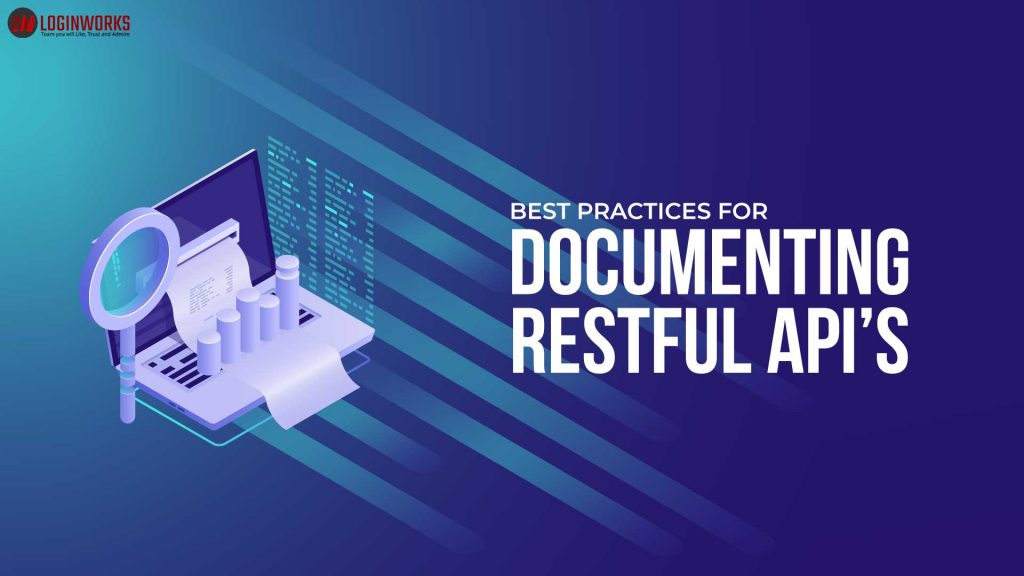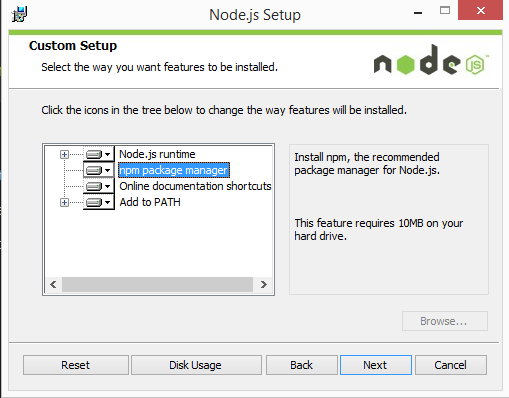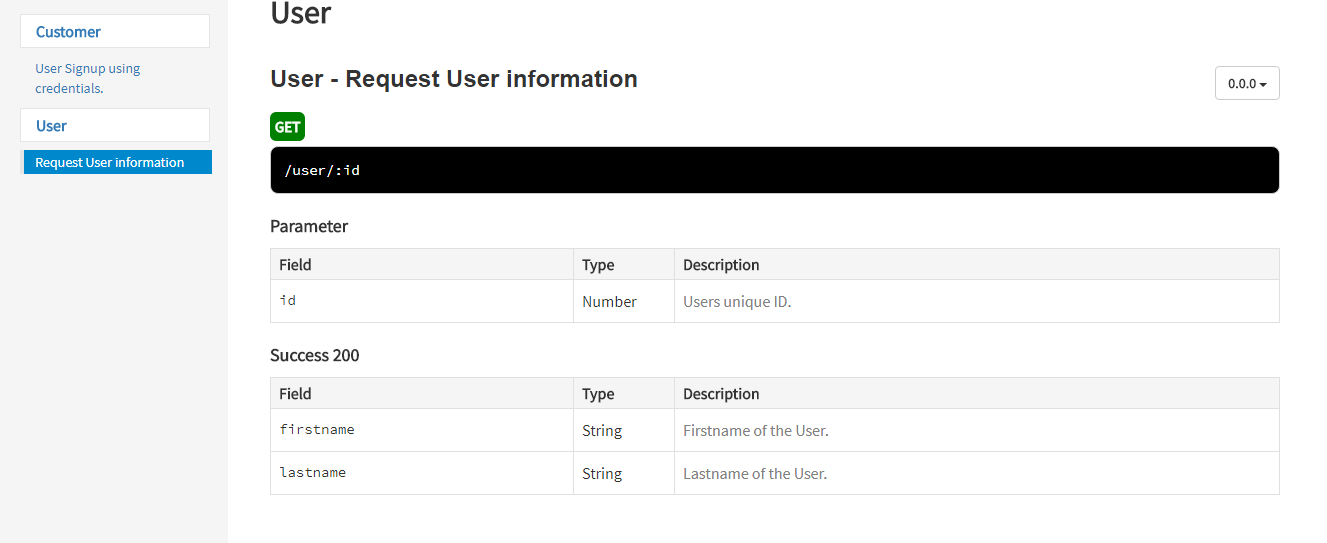Today, organizations are finding the best ways of implementing API’s (Application programming interface) programs for their applications.
In this blog, we will explore what means to document your API, and why it’s important to have good API documentation. APIs enable data transformation in the form of requests and responses. The API documentation is the official reference for all the functionality which your application contains.
Jump to Section
How Is API Documentation Useful?
API documentation does not require any programming knowledge. You can create and manage the documentation without having extensive technical knowledge. All you need to have is a clear idea about your application and its requirements.
It helps your team to understand the details of your resources, methods, their associated requests & responses, and making the updates.
The API documentation provides a great experience when using APIs. It also improves the developer experience. If the developer gets the correct documentation, they can create the services very easily and save time by replying to emails and calls for clarity as well as understanding.
To explain this topic better, first, you need to know what’s an API.
API (Application Programming Interface)
The mobile application connects to the Internet and sends data to a server. A server then gets that data and performs the necessary actions and sends a response back to your mobile application.
The application then interprets that response data and represents the information in a user-readable way. Here, the API connects server requests to the mobile application. APIs work as the interface between multiple software, enabling them to communicate with each other.
For better understanding, let’s take a basic example. Humans and computers communicate with each other with the help of a mouse and keyboard. So, here the keyboard is an interface between the human and computer. It allows the human to send requests, and the computer responds to a given input.
This is all that an API does – but between different software applications.
Restful API in Simple Words
I am using the Rest API because it’s simple to work with. It also is easy to access by consumers and producers. The Rest API defines a set of rules by which data can be transferred over an HTTP server. REST focuses on design rules for creating stateless services.
A client can access the data or resource using the unique URL, and a representation of the data is returned as a response. We can use each new data representation the client transfers.
Using Restful APIs with HTTP protocols GET, PUT, DELETE, POST is the standard HTTP method used for sending requests and receiving responses.
Get Started to Create the Document
There are many ways to start with documenting your APIs. But if you want to get started from scratch, API Doc tool is best. It is open source and easy to work with. It helps you to automate and manage the process of documentation. So, let us get started with the documentation process using API Doc.
API Doc
API Doc is one the simplest tool for creating documentation for how the applications can interact and use the data from an API. API Doc creates the documentation using code comments.
Here we are going to use the APIDOC.JS which is the module of NODEJS CLI.
- It is used for Inline Documentation for RESTful web APIs.
- API Doc creates documentation from API annotations in your source code.
- It can be used in all doc type capable language like C#, Go, Dart, Java, JavaScript, PHP, and TypeScript.
Steps for Creating an API Document
Step 1- You need to install node js in your system through a node package manager.
Step 2- Run command ” npm install apidoc -g” on NODE CLI.
After the installation, you need to follow the structure parameters. Without defining these parameters. the API doc parser will ignore and block the documentation. Let’s have a look at the short description of each.
API param:
Below example snippet is for creating API Doc for getting user details:
Step 3: Run the command on NPM CLI
apidoc -i /public_html/project/ -o /public_html/project/apidoc/template
Here -i is the input source directory name and -o is the output source directory name which will be the result template of your API documentation. After running these all command the result will look as follows:
So, by following these basic commands, you can make very interactive API documentation with apidoc.js. And believe me, once you follow these steps, you will not find any other way to do this.
Advantages of API documentation
Below are the advantages of API documentation:
Simple integration
API doc provides simple steps to create your documentation. It is not necessary that API doc can only be used by a developer. Anyone can do this by following simple steps.
Easy to Maintain
Through API documentation, APIs are easy to read, easy to iterate, and easy to consume. That is the reason why today’s big organizations are already following this train. According to them, time is money, so if we reduce the time to understand the documentation, then this will also help us reach the targets easily and in a more efficient way.
Improved Developer Experience
It provides a great experience for a developer. Making good API documentation improves the performance, scalability, etc. Having a great developer experience is the key to creating an API that helps meet your business goals as well as your user’s goals.
Saves Time and Costs
API documentation saves the time that you spend on communicating about your APIs to new users or consumers. Moreover, this will provide a clear understanding of the API to your team members.
Documentation plays a key role in a great experience when using APIs. It not only provides developer satisfaction but also enhances the adoption of your API.
Most Popular open source platforms like APIDOC JS allow your team members to automate and update the documentation process.
Closing note
I hope you will find this article helpful in creating API documentation for your upcoming, as well as existing, projects. This post consists of all the required commands that you will need to create your requirement analysis. Whether you are at a fresher level or an intermediate one, this information will provide support for understanding the needs of the projects and make it more readable.
However, do write your suggestions or query to me in the comment section.
Thank You for reading!!!
- What Is Big Data Visualization? - January 22, 2021
- Five Benefits of Big Data Analytics for E-commerce - July 9, 2020
- Google Data Studio Vs. Tableau: Which One is More Suitable for Your Business? - June 25, 2020






